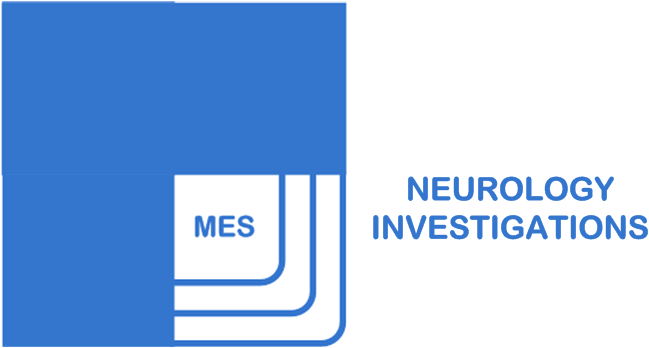Hans Berger (1873-1941) was the discoverer of the human EEG1. The electroencephalograph (or EEG) records spontaneous electrical activity generated in the cortex. It is more precisely defined as “the difference in voltage recorded b/w two electrodes and plotted over time, when at least one of them is placed over the scalp”.2 For example, in referential montage (to be discussed later), one electrode is commonly placed over ear, while others are placed over the scalp.
Spontaneous electroencephalographic activity is a reflection of currents flowing in the extracellular space. Thus, main generators of spontaneous electrical activity (or EEG) are the excitatory and inhibitory postsynaptic potentials of pyramidal cells generated in cortex3, with contributions from intrinsic cell currents. This spontaneous activity of cortical neurons is much influenced and synchronized by subcortical structures, particularly thalamus and brainstem reticular formation.
The cortical neurons characteristically produce rhythmicity in the form of alpha waves and sleep spindles Current understanding of the mechanisms responsible for the production of “rhythmical EEG activity” is based largely on animal experimentations. Such experiments have suggested “thalamus” to be the pacemaker for EEG rhythmicity4. Thus, EEG rhythmicity appears to be dependent on interactions b/w the cortex and thalamus.5
References:
- Brazier, M.A.B. A history of the electrical activity of the brain. The first half-century. London: Pitman
- Fisch and Spehlmann’s EEG primer (ELSEVIER)
- Clinical Neurophysiology by Jasper R. Daube (F. A. DAVIS COMPANY)
- Morison, R. S. and Bassett, D. L. Electrical activity of the thalamus and basal ganglia in decorticate cats. J. Neurophysiol. 8: 309-314
- Andersen, P., and Andersson, S.A. Physiological basis of alpha rhythm. New York: Appleton-Century-Croft

No comments:
Post a Comment